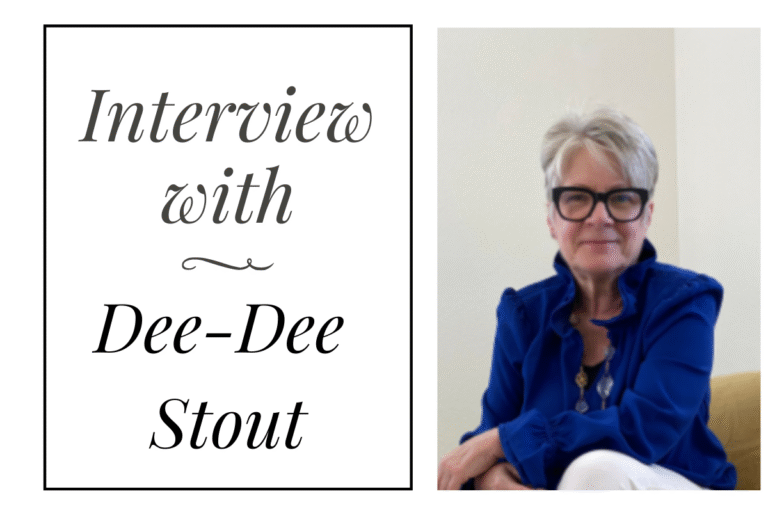Are you familiar with the concept of harm reduction but unsure of its meaning?
Would you like to learn more about this approach?
I’m thrilled to present my conversation with Dee-Dee Stout today!
Dee-Dee holds a Master’s in health counseling and has dedicated nearly thirty-five years to being a substance use counselor. In our discussion, she elaborates on harm reduction and its benefits for families. You can find some key points from the video highlighted below.
Watch the video here:
Can you explain what harm reduction is for those who may not be familiar with the idea?
- Harm reduction refers to methods that decrease or alleviate harmful effects, especially regarding substance use.
- We apply harm reduction techniques in various aspects of daily life. For example, consider car safety—car accidents used to be a leading cause of fatalities, especially among youth. Yet, we don’t ban cars; instead, we strive to enhance their safety while accepting their potential risks.
- In the realm of substance use, everything falls under harm reduction strategies. A common misconception is that abstinence is excluded from harm reduction approaches. While abstinence may not be feasible for everyone, for many, it is a form of ultimate harm reduction. Thus, it definitely has a place in these discussions.
- However, we don’t insist on complete abstinence; instead, it’s part of my role as a harm reduction counselor to present that option.
- Harm reduction can change your relationship with substances and possibly enhance your life in various ways. We can discuss steps you might take, but ultimately, it’s about what you want to achieve.
- Many individuals express uncertainty about giving up completely and ask if they can use substances safely. While I can’t predict the outcomes, I encourage self-reflection about what works or doesn’t work for you.
- Determining what’s effective and what’s not is critical to me.
Parents often believe that sobriety is the sole pathway to change. What advice do you offer to parents who are grappling with troublesome behaviors, especially regarding their child’s harm reduction efforts?
- I understand that many parents and partners desire sobriety for their loved ones. Unfortunately, the criminal justice system often pushes them toward these expectations as well.
- When addressing boundaries, it’s helpful to ask how you would handle any other situation that makes you uncomfortable with your child.
- Our focus should be on the individual’s relationship with substances. If I’m working with both the substance user and their family, effective communication is key.
- Often, I notice that families discuss concerns behind closed doors while the substance user remains isolated. We tend to view substance use and family dynamics as separate, but this shouldn’t be the case.
- If someone is actively using substances, they may struggle to communicate their pain or trauma, which complicates understanding for the family.
- Many parents assume they are to blame for their child’s struggles, but their child’s challenges may arise from experiences beyond the family. So, it’s important to acknowledge the broader context.
- Communication is essential, even if being around the person you care for becomes challenging. It’s crucial to keep those lines open, regardless of the circumstances.
- If a loved one feels isolated and ashamed, they are less likely to change their behavior; in fact, it may lead to increased substance use.
- Many people mistakenly believe that substance use solely stems from a desire for pleasure. However, when a behavior becomes entrenched, it often reflects deeper issues.
- When it comes to tough love, like kicking a child out, I advise that it’s absolutely an option, but use it sparingly. If you threaten to do it, you must follow through, or the threat loses its impact.
- Only use that approach as a last resort after exploring other interventions. Otherwise, families may not know alternative methods of support.
- I recommend tracking substance use through notes or apps to identify patterns and triggers. This simple step can sometimes help reduce usage.
Can you share a case study about how harm reduction helped a family and the boundaries they established?
- One aspect I appreciate about harm reduction is its tailored approach. In our sessions, we might suggest a period of abstinence, known as sobriety sampling.
- Think of this process like managing a budget. Just as you need to know your spending habits to budget effectively, it’s crucial to track usage without judgment to establish a baseline.
- The focus is always on the relationship, which can be confusing for some. When I mention examining their relationship with drugs, they often respond with, “I don’t have a relationship with drugs.” This is what we need to explore—what it costs them, the negative consequences, and the positives they gain from the behavior.
- We aim to guide parents to express sentiments like, “I cherish our dinner outings when you’re not using meth; those moments are very special to us.”
- If the agreement is to avoid substance use when spending time together, that’s a common understanding. You can then approach your loved one with compassion, saying, “It seems today was challenging for you. Remember, our arrangement is to hang out only when you’re sober. Let’s help you get back home.”
- You might have heard about contingency management—a research-backed method emphasizing the rewards of positive behavior. Unfortunately, it’s not widely utilized in treatment here, despite its proven effectiveness.
- Be sure to watch Gabor Maté’s insightful video, which beautifully conveys how to approach loved ones struggling with substance misuse.
- Always prioritize self-care. Take a moment to breathe and remind yourself that there’s no rush to resolve everything immediately; you can afford a few minutes, no matter the crisis.
Additional resources for parents from Dee-Dee:
This book is free, nonjudgmental, and perfect for discussing drug use with children. It’s also available in Spanish!
Dee-Dee Stout has over 30 years of experience in behavioral health and incorporates her own experiences with addiction, mental health issues, and chronic pain into her work. She’s appeared on various media platforms discussing treatment, policy, and more. Dee-Dee maintains a private practice for individuals and families and teaches at Holy Names University in Oakland, CA. A frequent trainer across the country, she specializes in evidence-based practices. Her book, “Coming to Harm Reduction Kicking and Screaming: Looking for Harm Reduction in a 12-Step World,” serves as the foundation for this discussion.


